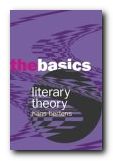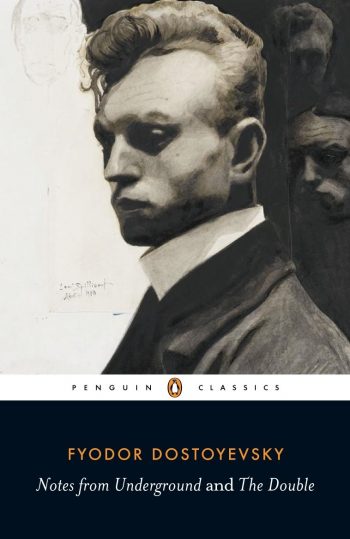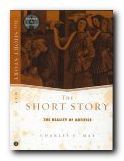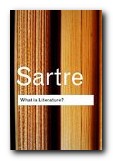brief guide to critical approaches to literary studies
This introductory guide to literary theory comes from a new series by Oxford University Press. They are written by specialists, aimed at the common reader, and offer an introduction to the main cultural and philosophical ideas which have shaped the western world. Jonathan Culler avoids the common approach of explaining the various schools of literary criticism by choosing instead a set of topics and showing what various literary theories have to say about them.
 There’s a certain amount of sleight of hand. In explaining ‘theory’ in its modern sense he doesn’t acknowledge the profound difference between this loose use of the term and a scientific theory, which can be proven or disproven. Nor does he acknowledge the sort of special pleading and self justification which is passed off as ‘philosophy’ in the work of someone such as Michel Foucault. But he does have a persuasive way of explaining some of these difficult ideas in terms which the common reader can understand.
There’s a certain amount of sleight of hand. In explaining ‘theory’ in its modern sense he doesn’t acknowledge the profound difference between this loose use of the term and a scientific theory, which can be proven or disproven. Nor does he acknowledge the sort of special pleading and self justification which is passed off as ‘philosophy’ in the work of someone such as Michel Foucault. But he does have a persuasive way of explaining some of these difficult ideas in terms which the common reader can understand.
The topics he chooses turn out to be very fundamental questions such as ‘What is literature?’ – that is, are there any essential differences between a literary and a non-literary text. These are questions to which common sense supplies rapid answers, but when Theory is applied, unforeseen complexities arise.
In fact when he looks more closely at the nature, purpose, and the conventions of literature, he claims that one of the purposes of Theory is to expose the shortcomings of common sense.
There’s an interesting chapter on language and linguistic approaches to literary theory where he discusses Saussure and Chomsky, the differences between poetics and hermeneutics, and reader-response criticism. Any one of these approaches is now the basis for a whole school of literary theory.
When he gets to genre criticism there’s a useful explanation of lyric, epic, and drama – though it’s not quite clear why he separates narrative (stories and novels) into a chapter of its own.
However, when it does come, his explanation of narrative theory is excellent. His account of plot, point of view, focalisation, and narrative reliability will help anyone who wants to get to grips with the analysis of fiction.
He ends with brief notes explaining the various school of literary theory which have emerged in the recent past – from New Criticism, through Structuralism, Marxism, and Deconstruction, to the latest fashions of Post-Colonialism and Queer Theory.
In one sense the book’s title is slightly misleading. It should be Modern Literary Theory. But this is a very interesting and attractive format – a small, pocket-sized book, stylishly designed, with illustrations, endnotes, suggestions for further reading, and an index.
© Roy Johnson 2005
Jonathan Culler, Literary Theory: A Very Short Introduction, Oxford: Oxford University Press, 2005, pp.149, ISBN: 019285383X
More on literature
More on the novella
More on literary studies
More on short stories



